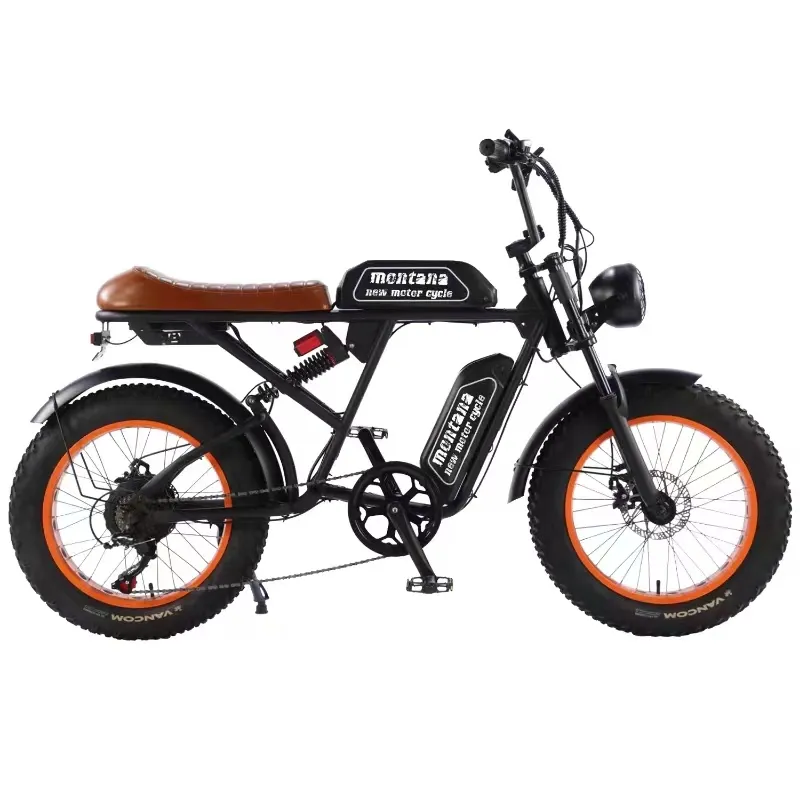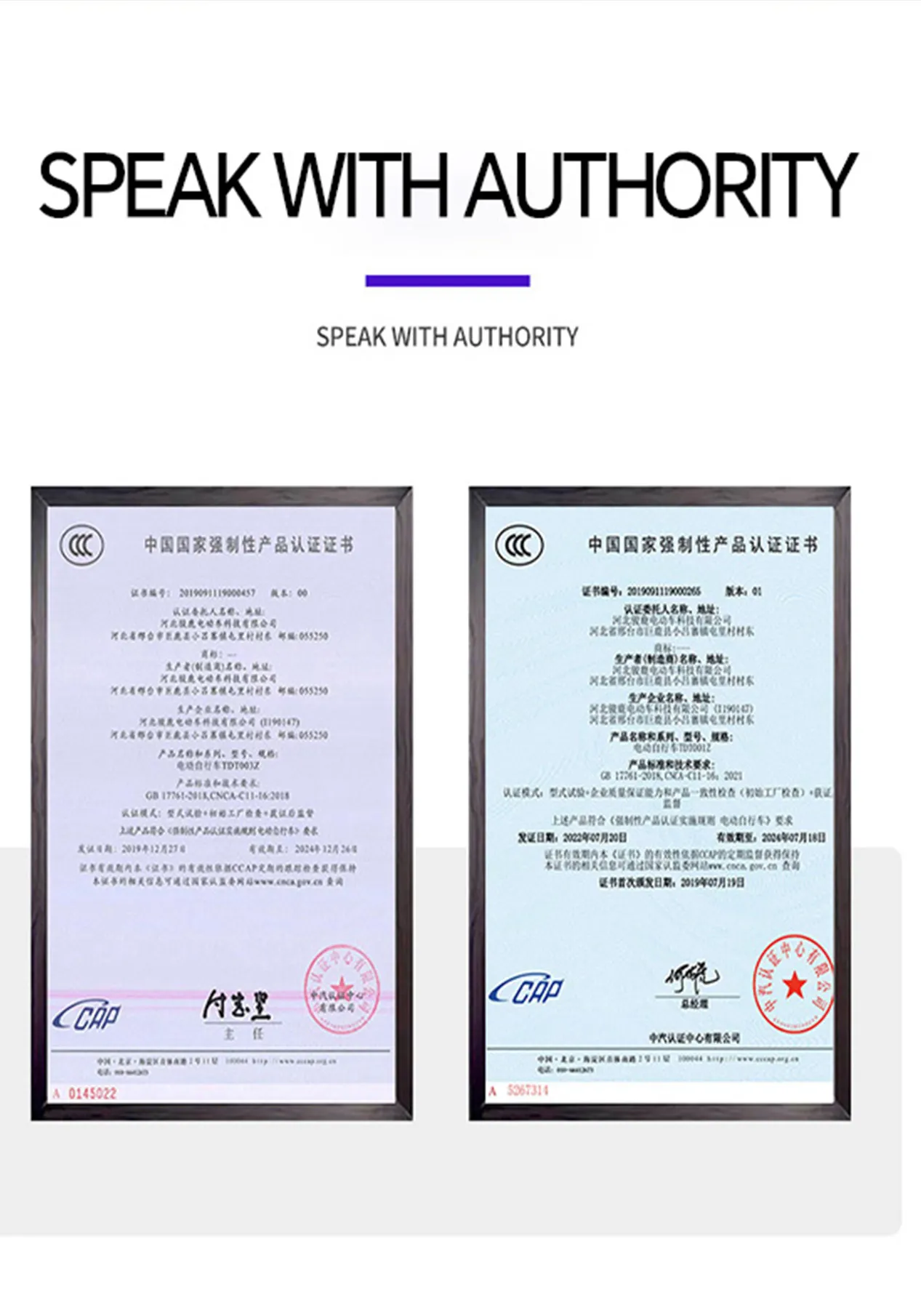
- Afrikaans
- Albanian
- Amharic
- Arabic
- Armenian
- Azerbaijani
- Basque
- Belarusian
- Bengali
- Bosnian
- Bulgarian
- Catalan
- Cebuano
- Corsican
- Croatian
- Czech
- Danish
- Dutch
- English
- Esperanto
- Estonian
- Finnish
- French
- Frisian
- Galician
- Georgian
- German
- Greek
- Gujarati
- Haitian Creole
- hausa
- hawaiian
- Hebrew
- Hindi
- Miao
- Hungarian
- Icelandic
- igbo
- Indonesian
- irish
- Italian
- Japanese
- Javanese
- Kannada
- kazakh
- Khmer
- Rwandese
- Korean
- Kurdish
- Kyrgyz
- Lao
- Latin
- Latvian
- Lithuanian
- Luxembourgish
- Macedonian
- Malgashi
- Malay
- Malayalam
- Maltese
- Maori
- Marathi
- Mongolian
- Myanmar
- Nepali
- Norwegian
- Norwegian
- Occitan
- Pashto
- Persian
- Polish
- Portuguese
- Punjabi
- Romanian
- Russian
- Samoan
- Scottish Gaelic
- Serbian
- Sesotho
- Shona
- Sindhi
- Sinhala
- Slovak
- Slovenian
- Somali
- Spanish
- Sundanese
- Swahili
- Swedish
- Tagalog
- Tajik
- Tamil
- Tatar
- Telugu
- Thai
- Turkish
- Turkmen
- Ukrainian
- Urdu
- Uighur
- Uzbek
- Vietnamese
- Welsh
- Bantu
- Yiddish
- Yoruba
- Zulu
Feb . 04, 2025 02:39 Back to list
3 wheel scooter for kids
The dynamics of urban transportation have evolved significantly over the past decade, with bird scooters emerging as a popular choice for many, especially the younger demographic. Recognizing the rising interest among teenagers and preteens, manufacturers have begun tailoring their offerings to cater to this adventurous age group. This article delves deep into the world of bird scooters designed specifically for kids, addressing key factors parents need to consider, backed by professional insights and user experiences.
The technological integration seen in modern bird scooters extends to kid versions as well. Parents frequenting expert blogs and forums often praise models with adjustable speed controls and connectivity features. Some scooters now offer Bluetooth connectivity, allowing parents to monitor and regulate speed via an app, ensuring peace of mind even when children are riding independently. Real-world experiences underline the value of such connectivity in fostering a controlled environment for youthful riders. Enthusiasts of this segment also often participate in community feedback loops, which help improve product designs tailored for youngsters. Reviews from these enthusiasts frequently highlight the importance of a scooter's ergonomic design. A well-designed handlebar and comfortable grip are much appreciated, ensuring ease of use for small hands. Analysis of user feedback consistently reveals that a comfortable riding stance reduces fatigue, encouraging longer, more enjoyable rides. From a trustworthiness perspective, it is crucial for parents to purchase from reputable brands known for their commitment to safety and quality. Brands that comply with certifications and standards ensure that their products have undergone rigorous testing. Affiliating with such brands not only guarantees product reliability but also enhances the overall user experience, knowing that safety is not compromised. The growing trend of bird scooters for kids is transforming urban landscapes, subtly reshaping the way young people engage in outdoor activities. As these scooters blend safety, technology, and fun, they present an exciting product category that appeals to the youthful spirit while also reassuring parents through advanced safety features and expert recommendations. In conclusion, choosing the right bird scooter for kids requires careful consideration of multiple facets including safety features, build quality, weight, portability, and technological integrations. Drawing insights from experts and real-user experiences can guide informed decisions, ensuring that both children and parents enjoy a seamless and safe riding experience. Ultimately, embracing these elements reflects a scooter's ability to meet the needs and expectations of this youthful demographic effectively.


The technological integration seen in modern bird scooters extends to kid versions as well. Parents frequenting expert blogs and forums often praise models with adjustable speed controls and connectivity features. Some scooters now offer Bluetooth connectivity, allowing parents to monitor and regulate speed via an app, ensuring peace of mind even when children are riding independently. Real-world experiences underline the value of such connectivity in fostering a controlled environment for youthful riders. Enthusiasts of this segment also often participate in community feedback loops, which help improve product designs tailored for youngsters. Reviews from these enthusiasts frequently highlight the importance of a scooter's ergonomic design. A well-designed handlebar and comfortable grip are much appreciated, ensuring ease of use for small hands. Analysis of user feedback consistently reveals that a comfortable riding stance reduces fatigue, encouraging longer, more enjoyable rides. From a trustworthiness perspective, it is crucial for parents to purchase from reputable brands known for their commitment to safety and quality. Brands that comply with certifications and standards ensure that their products have undergone rigorous testing. Affiliating with such brands not only guarantees product reliability but also enhances the overall user experience, knowing that safety is not compromised. The growing trend of bird scooters for kids is transforming urban landscapes, subtly reshaping the way young people engage in outdoor activities. As these scooters blend safety, technology, and fun, they present an exciting product category that appeals to the youthful spirit while also reassuring parents through advanced safety features and expert recommendations. In conclusion, choosing the right bird scooter for kids requires careful consideration of multiple facets including safety features, build quality, weight, portability, and technological integrations. Drawing insights from experts and real-user experiences can guide informed decisions, ensuring that both children and parents enjoy a seamless and safe riding experience. Ultimately, embracing these elements reflects a scooter's ability to meet the needs and expectations of this youthful demographic effectively.
Next:
Latest news
-
The Ultimate Kids' Four-Wheeler Experience
NewsJul.09,2025
-
The Ultimate Guide to Mountain Bikes: Gear Up for Your Ride
NewsJul.09,2025
-
The New Age of Cycling: Electric Bikes for Every Rider
NewsJul.09,2025
-
The Best Kids Bicycles: Ride in Style and Safety
NewsJul.09,2025
-
The Best 3-Wheel Scooters for Kids: Fun, Safety, and Adventure
NewsJul.09,2025
-
Revolutionize Your Ride: Affordable Electric Bikes
NewsJul.09,2025
-
Finding the Perfect Mountain Bike for Every Rider
NewsJul.09,2025



